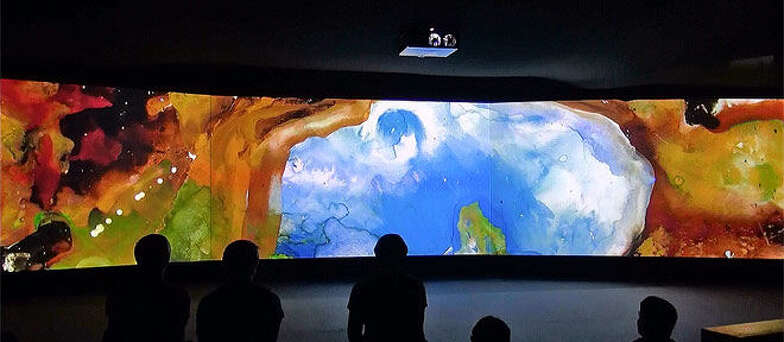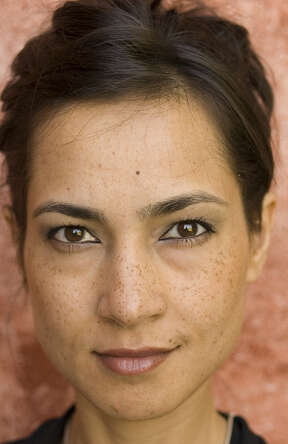Source: San Antonio Express News
September 30, 2014

Courtesy Photo: Sikander's video works have been shown at museums all over the world.
The multichannel video work, a recent acquisition by the foundation, deals with global politics by focusing on the strategically crucial Strait of Hormuz, often called a “choke point” through which about 20 percent of the world's petroleum flows.
“It's about the movement of bodies and commodities across the waterways,” the Pakistani-born artist said in a recent telephone interview.
Using Indo-Persian miniature painting — which Sikander studied at the National College of Arts in Lahore — as a jumping-off point, she has created a spellbinding moving mural whose imagery includes drawings of aerial views of the strait connecting the Persian Gulf to the Arabian Sea and the historic fort at Ras al-Khaimah, as well as old-fashioned oil rigs appropriated from British Petroleum publications from the '60s.
“The elements are drawn from reading and research, from culling information,” Sikander said.
Sharjah, an ancient and important city on the Persian Gulf in the United Arab Emirates, which Sikander has visited for years, is a key element in “Parallax.”
“Sharjah has a very interesting history in terms of aerial and maritime points of entry,” Sikander said, adding that today it is “a fueling town.”
Sikander has scanned her drawings at a high resolution, so that an inch or two of drawing may take up 50 feet on the screen.
“With technology, I have the ability to dig really deep into the drawings,” she said. “It becomes about unearthing the pigment, much more tactile.”

Pakistani-born artist Shahzia Sikander combines miniature painting with technology.
Sikander frequently collaborates with other artists; “Parallax” features a score by Chinese composer Du Yun as well as the work of poets from Sharjah.
“The poetry was written in response to my drawings; it all begins with the drawings,” Sikander said. “The recitations are guided by the composer. Arabic is such a melodic language.”
“Sikander's works feel consistently of universal importance, a classic experience that makes viewers focus not only their gaze but also their minds,” curator Cecilia Andersson of the Bildmuseet at Sweden's Umeå University wrote in a recent exhibition catalog. “Sikander's art strikes a chord that reverberates for a long time.”
sbennett@express-news.net
The public opening of “Parallax” will be 6 to 9 p.m. Saturday, October 4, in SPACE, located in the northeast corner of CHRISpark off South Flores.
No comments:
Post a Comment